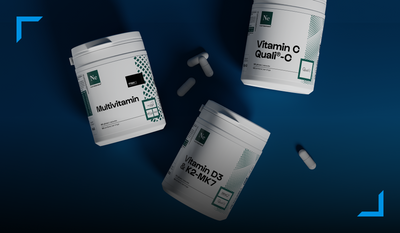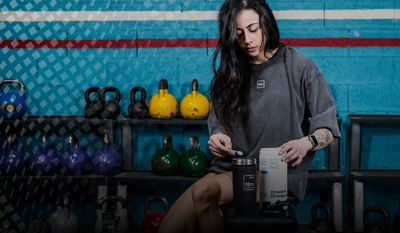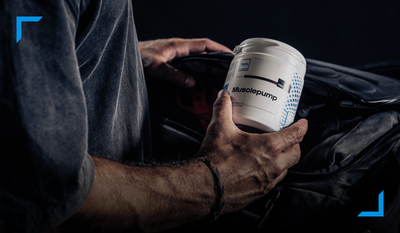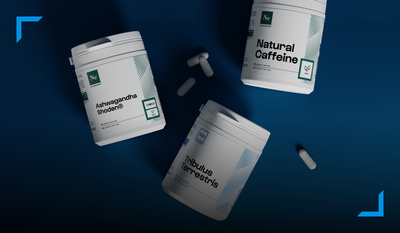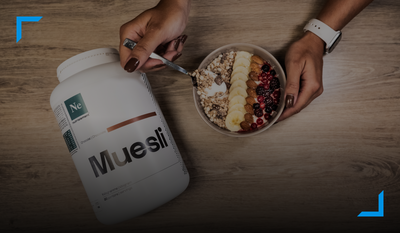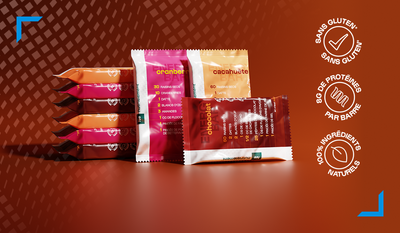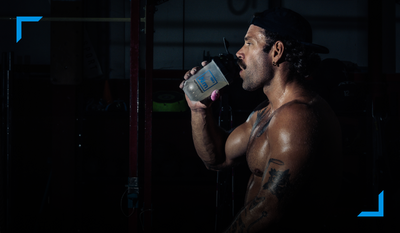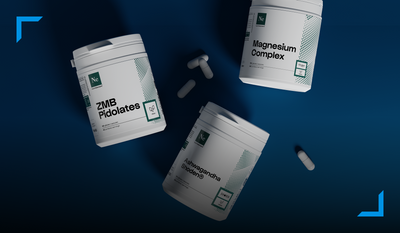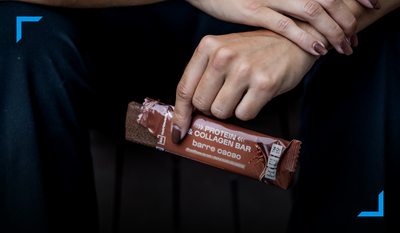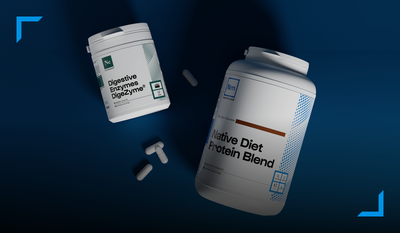0 commentaires
Famous for its restorative action on skin and hair, keratin is less well known in the world of sport. However, it has interesting virtues for the health of athletes.
What is keratin?
Keratin is a fibrous protein found abundantly in the body, including hair, nails, and skin. It is also found in the outer layers of joints that cover bones.
Although keratin treatments are well-known in the world of aesthetics, it is much less well-known when it comes to sports use. However, many studies have demonstrated the presence of keratin in the joints. Therefore, keratin supplementation would provide benefits at the joint level.
Keratin and Joint Health
Natural wear and tear, joint injuries or degenerative diseases, joint pain is common, especially when you practice a sport regularly. In order to avoid injuries and pain, it is recommended to warm up well at the beginning of the session, recognize your limits and stretch well.
Keratin is present in most connective tissues. It contains a high level of cysteine, a sulfur-rich amino acid that makes up most of the joint tissue. The sulfur atoms bond together to form “cysteine bridges.” These make up the keratin molecule and ensure its rigidity.
Preserving flexibility and mobility
It is also wise to adopt a suitable diet rich in collagen as well as targeted keratin supplementation . Indeed, once in the body, keratin acts as a natural lubricant that improves the fluidity of movements and strengthens connective tissues.
Reduction of inflammation
In the context of sports practice, keratin helps prevent joint pain, reduce inflammation and aids recovery. It promotes the production of antioxidants in the joints. In addition, this protein stimulates collagen synthesis and increases flexibility, which limits the appearance of aches and pains.
Keratin prevents the inflammatory reaction and, therefore, reduces pain. In this way, it accelerates joint recovery, which can be useful for people suffering from osteoarthritis, arthritis or a training-related injury.
Where to find keratin?
Keratin can be found in some food products.
- Eggs : A 50g egg contains one third of the daily requirement of keratin. In addition to being a very good source of protein, the egg is rich in keratin.
- Oily fish are very good sources of keratin. In the case of salmon, we also find biotin, a molecule that supports the production of keratin.
- Garlic and onions : They contain N-acetylcysteine which the body converts to L-cysteine, a component of keratin. As a result, they increase keratin production.
- Sweet potato : rich in provitamin A carotenoids, it allows the synthesis of keratin in the body.
Keratin can also be taken as a dietary supplement. Sometimes it is more effective to go through supplementation when the diet is not sufficient to reach the daily level.
Be careful, however, to choose a water-soluble and bioavailable keratin to guarantee its assimilation. The ingredients that make up keratin must not be denatured. To do this, pay attention to the extraction processes. If they are corrosive, there is a good chance that the raw material will be denatured and therefore not very effective.
Reference articles:
The effect of chronic soluble keratin supplementation in physically active individuals on body composition, blood parameters and cycling performance, Emma M. Crum, Yanita D. McLeay, Matthew J. Barnes & Stephen R. Stannard
Dietary thiols during exercise: defense against oxidative stress, physical performance and adaptation, Yanita McLeay, Stéphane Stannard, Stuart Houltham & Carlène Starck
Keratin hydrolyzate as sports supplement
4 weeks of supplementation with keratin equals gaining 1 kilo of muscle - Scientists from the University of Massey in New Zealand report in the Journal of the International Society of Sports Nutrition https
Sports Medicine: For the Practitioner , by Richard Amoretti, Xavier Bigard, Hugues Monod, Daniel Rivière, Pierre Rochcongar, Jacques Rodineau




